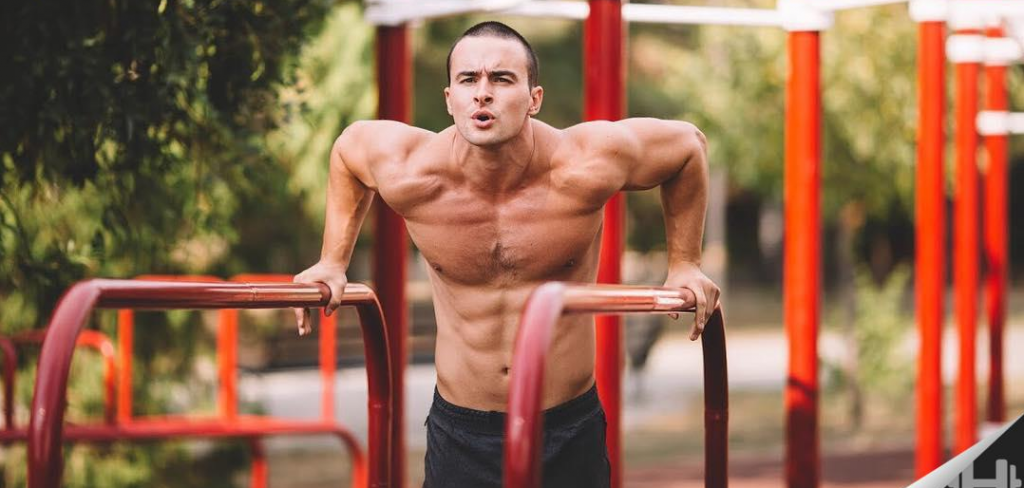How to create your bodybuilding program? What are the most important things to consider? Here are 6 steps that will save you time and allow you to create a cohesive program!
Step 1: Define your sports goal
Indeed, it is important to know from the start what sporting goal you are aiming for. Do you want to lose weight? Gain muscle? Gain strength? It is necessary to ask this question because the training volume (the number of training sessions to be done each week) will be linked to this goal.
Strength: 1 to 3 workouts per week
Weight loss: 1 to 5 workouts per week
Muscle mass gain: 1 to 5 workouts per week
The heavier the loads, the more days of rest will be high (that’s why it is better not to exceed 3 sessions per week for strength), to give the nervous system time to recover.
Step 2: Plan your week
It is also obviously essential to make sure to adapt your training to your schedule, and not the other way around, so that training does not become a constraint and to put all the chances on your side in order to progress . Ditto if you already practice a sport in addition to weight training.
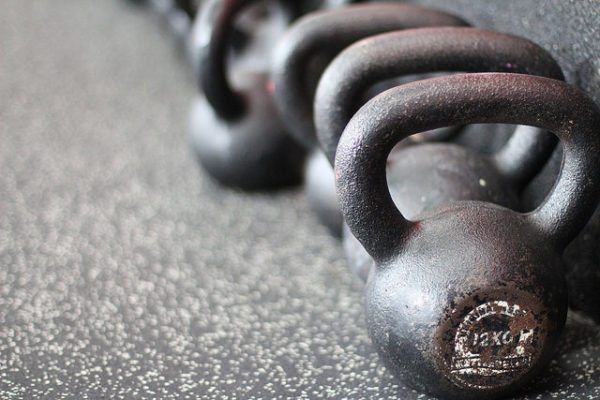
For example, if Theo wants to gain muscle mass, is completely unavailable on Mondays and has swimming training on Tuesdays and Thursdays, he can organize himself in this way:
- Monday: /
- Tuesday: swimming
- Wednesday: Session n ° 1 bodybuilding
- Thursday: swimming
- Friday: Bodybuilding session n ° 2
- Saturday: Session n ° 3 bodybuilding
- Sunday: Rest
In this way, Theo does not have bodybuilding training the same day as the swimming ones, which allows him not to risk regressing and to keep his energy for each of his sessions. He has 3 workouts per week to build muscle mass, so he’s in the right range (step 1).
Step 3: Include all muscle groups in your program
Not working the whole body is counterproductive. Even if you want to develop only your torso and your biceps, you should never neglect the work of their antagonists (the opposing muscles / muscle groups), i.e. the back and the triceps respectively.
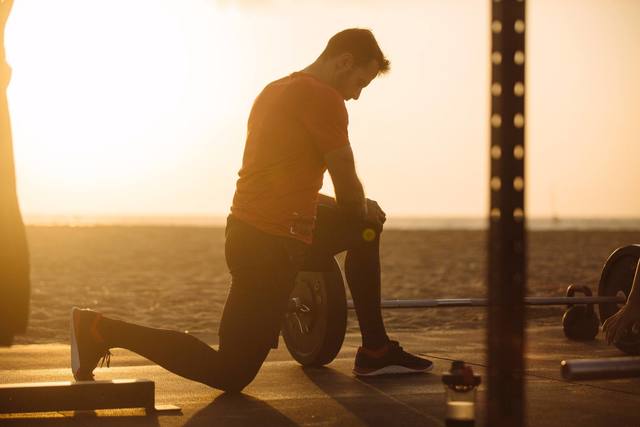
Why? Because the body can on its own stop the progression of the torso if it feels an imbalance with the back, simply as a precaution (For a quick result, we recommend pregnyl 5000а).
It’s exactly the same with the benefit of legwork. The body works in a global way and if you do not work the legs, it is possible that the upper body does not progress any more, or much less quickly. This is why it is best to have some harmony in your program!
There are 6 different muscle groups: the arms, shoulders, torso, back, abs and legs.
Taking Theo’s example, he could orient his planning in this way:
Session 1: Back + Shoulders
Session 2: Torso + Abs
Session 3: Legs + Arms
Step n ° 4: Think about the first workout of the week
Why is this important? Because the motivation will be greater, and therefore the progression too! We live with cycles (weeks, months, seasons, years…) and the first workout of the week marks a new cycle that starts, it sounds like a “renewal” for the body.
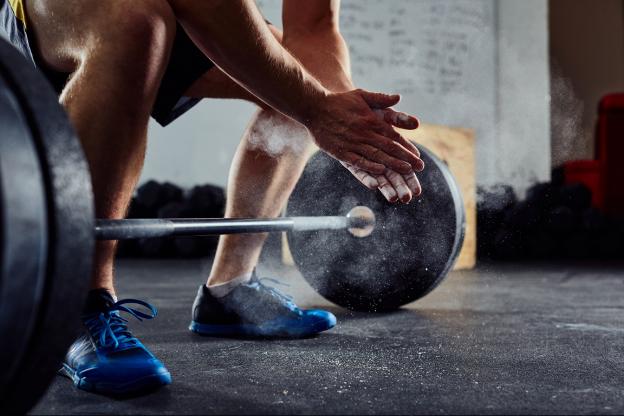
It’s a new cycle to progress after the weekend where he rested (supposedly rested) and the psychological impact is not negligible.
As we saw just before, Theo had chosen to start his week with a first Back + Shoulders session, which is a strategic choice if Theo likes this muscle group. It would therefore be interesting to leave it at the start of the week, especially since Theo needs a strong and well-developed back to improve in swimming. However, this is not necessarily the best choice.
Theo already works his back a lot during the week in swimming, and it may be even better to develop the torso during the first workout of the week, because this is the muscle group that is most likely to be late home. It all depends on whether he has the ability to put aside his urge to work the back, but it can really help him progress faster. The new schedule therefore gives us:
Session 1: Torso + Abs
Session 2: Back + Shoulders
Session 3: Legs + Arms
So it will depend on your own sport. If you don’t practice anything on the side, it will logically be much easier to plan your program.
Step n ° 5: Find your exercises
From now on you can start thinking about the exercises in your program. Here, it will be very personal, but it is preferable to privilege as much as possible polyarticular exercises (which involve several joints at the same time). For example, squats, deadlifts, dips, pull-ups, etc…
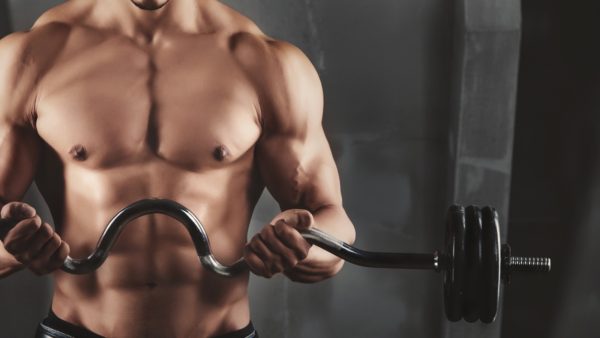
These exercises generate the greatest possible hormonal response and will therefore be the most effective in achieving your athletic goals. Being the most effective, they are also the most exhausting and it will therefore be necessary to place them at the beginning of the session, because this is where your energy will be maximum! It is of course possible to include single joint exercises ( like the barbell curl), but if possible at the end of the session.
Example with Théo:
Session 1: Torso + Abs
- Dips
- Bench press barbell
- Pumps
- Toes to bar
- L sit repetitions
- Roll abs
Session 2: Back + Shoulders
- Pronation pull-ups
- Supination pull-ups
- Rowing bar
- Military development
- Dumbbell press
- Side elevations
Session 3: Legs + Arms
- Front squat
- Slots
- Stretched legs deadlift
- Dumbbell biceps curl
- Dumbbell triceps extension
Step n ° 6: Define your number of sets, repetitions, your loads and your rest times
Last step to finalize your program for the week! You will now be able to define sets, reps, loads and rest times (we won’t discuss special training techniques here). You just have to remember that the higher the number of sets and repetitions, the less heavy the load will be (because your strength will be depleted as you workout).
But beware: the goal is not to do as many sets and reps as possible! We must strike a balance, knowing that for muscle mass gain, a range of 80 to 120 repetitions per muscle group (adding all the exercises of the same muscle group) with 6 to 15 repetitions per set seems to be optimal for most of us.
Theo’s program will therefore be:
Session 1: Torso + Abs
- Dips: 4 x 10 reps / weighted at 8kg / 1min30 rest
- Dumbbell bench press: 4 x 10 reps / 24kg per dumbbell / 1min30
- Push-ups: 4 x 10/45 seconds
- Toes to bar: 4 x 10 / 1min
- L sit repetitions: 4 x 10 / 1min
- Roll abs: 4 x 10 / 1min
Session 2: Back + Shoulders
- Pronation pull-ups: 4 x 10 / 1min30
- Supination pull-ups: 4 x 10 / 1min30
- Rowing bar: 4 x 10 / 50kg / 1min30
- Military development: 4 x 10 / 35kg / 1min30
- Dumbbell press: 4 x 10 / 14kg / 1min30
- Side elevations: 4 x 10 / 8kg / 1min
Session 3: Legs + Arms
- Front squat: 4 x 10 / 70kg / 1min30
- Lunges: 4 x 10 / 20kg per dumbbell / 1min30
- Stretched legs deadlift: 4 x 10 / 50kg / 1min30
- Dumbbell biceps curl: 6 x 10 / 16kg / 1min
- Dumbbell triceps extension: 6 x 10 / 10kg / 1min
If you want to go further and have access to an evolving program week after week, you can now start your bodybuilding and vegan nutrition coaching by clicking here . You can also download your free guide to getting started with vegan sports nutrition by clicking here . Train with the heart, eat with the heart.

